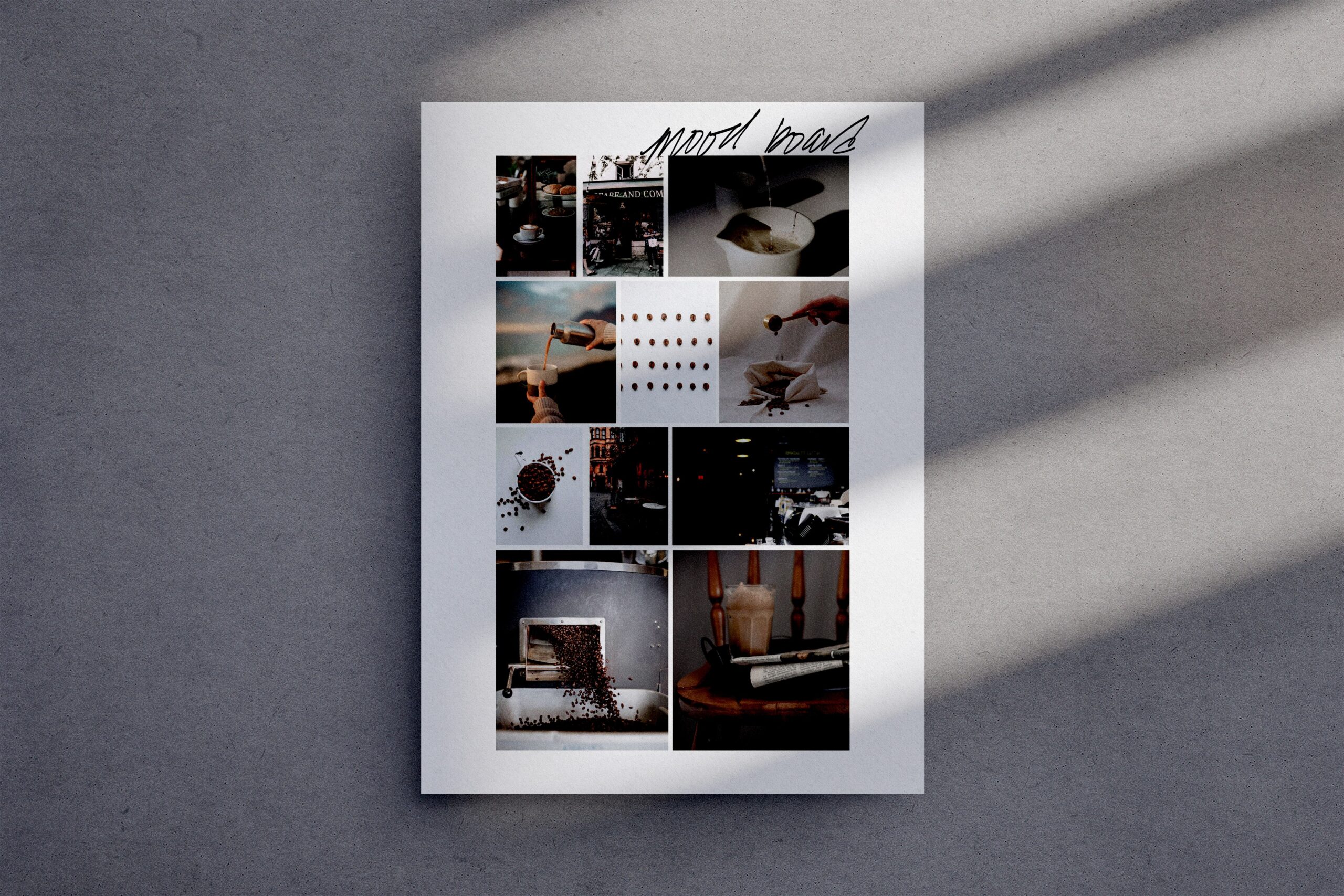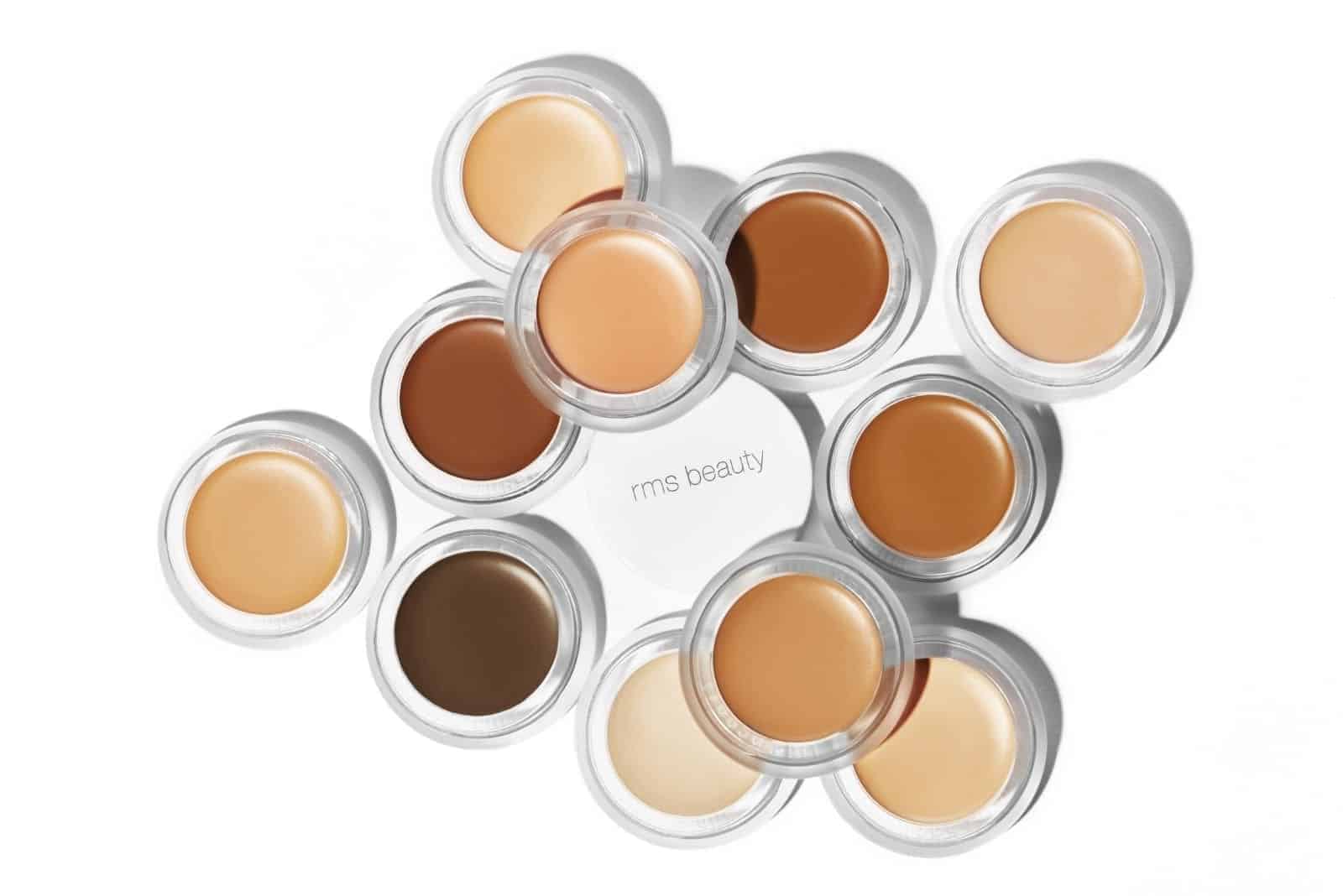This post does not contain affiliate links. There are links to resources for further reading throughout the post.
A content management system (CMS) is critical for writers tasked with publishing and promoting digital projects. A CMS is an administrative system, designed to organize information to promote user experience and make it possible for designers to convey messages.

“You use a CMS to write, edit, and manage your work online, usually by storing content in a database or in files”
Thord Hedengren- Smashing WordPress: Using WordPress as a CMS
To choose a content management system, a designer must determine the purpose of the content and information presented to the reader and the incentive for presenting information.
The form and function of the website influences the shape the site will take.
For example, when uploading a picture to a folder it is saved as a jpeg instead of a word file because categorizing the photo as a jpeg is most efficient for the computer to process the file. Choosing a CMS often requires choosing a design that aligns with the form and function of the content.
According to Carolyn Chandler, a design instructor and author of A Project Guide to UX Design, categorizes sites into four main types. Chandler outlines these four categories in The Project Ecosystem: Planning for Project Needs, Roles, and Culture: brand presense, marketing campaigns, content sourses, task-based applications.
“Although no black and white distinctions exist between one type of site and another, some relative differences in site focus and characteristics are identifiable.”
Carolyn Chandler- The Project Ecosystem: Planning for Project Needs, Roles, and Culture
5 Planes of Content Management

Content management design theory is a core component of creating an effective design that meets the needs of users. According to Jesse James Garrett, author of The Elements of User Experience, there are 5 planes of design that influence the construction of CMS elements.
Garrett identifies the planes as the surface, skeleton, structure, scope, and strategy. These ideological planes are communicated into a tangible design that serves a purpose for users.
“These five planes–strategy, scope, structure, skeleton, and surface– provide a conceptual framework for talking about user experience problems and the tools we use to solve them.”
Jesse James Garrett, The Elements of User Experience
Organization of the content supported by the layers of design is also an important component of an effective CMS.
Site Maps and Task Flows
Site maps and task flows allow designers to quickly take inventory of the organization of a site and the way a user will navigate a CMS.
The site map is a document that allows a designer to visualize the content and organization of a website, while a task flow is intended to predict a user’s actions through a site and the outcome of actions on a site. For example, if a user chooses to select a menu option, the task flow would outline the next step the user would experience.
A task flow is a visualization of the domino effect users actions have within a CMS, and how choices and design can lead different users in different directions on the site.
WordPress as a CMS

WordPress is an effective solution for many projects due to the platforms versatility and the ability of designers to use a combination of code and themes to design a unique website.
“It is a common misconception that WordPress isn’t a fitting choice as a CMS solution for various projects…One of the pros that comes with using WordPress as a CMS is how well it is equipped for search engines”
Thord Hedengren- Smashing WordPress: Using WordPress as a CMS
Although some prefer platforms such as Wix, Squarespace, and GoDaddy, these sites do not provide the same level of autonomy over determining the design of a site as WordPress does.
You'll Also Love
Credits
Legal
© 2021-2023 Just Clean Style
JCS is a participant in the LTK and Amazon Services LLC Associates Program, an affiliate advertising program designed to provide a means for sites to earn advertising fees by advertising and linking to Amazon.com or Like to Know It Affiliate Programs.
You deserve the best in beauty and business.













